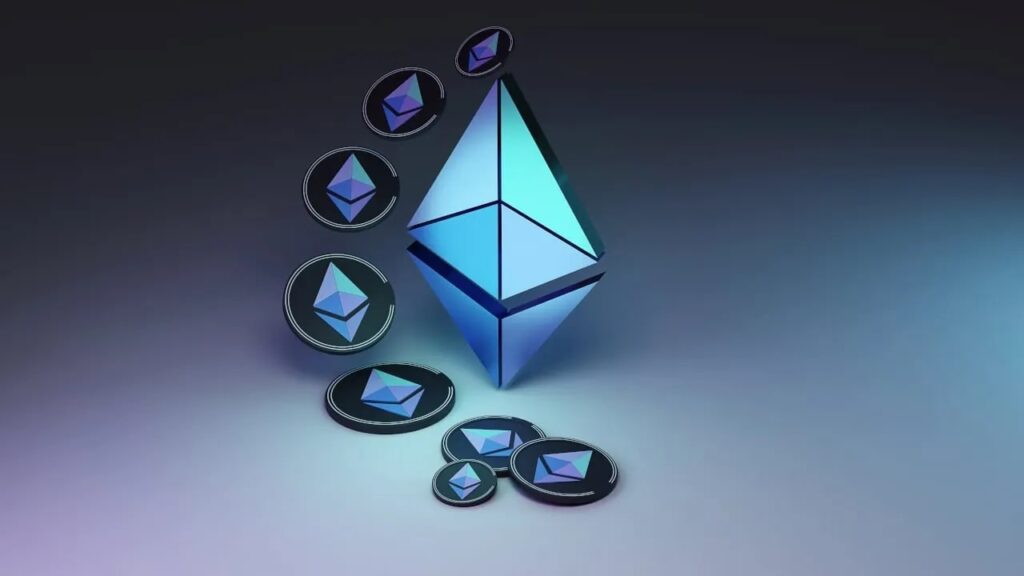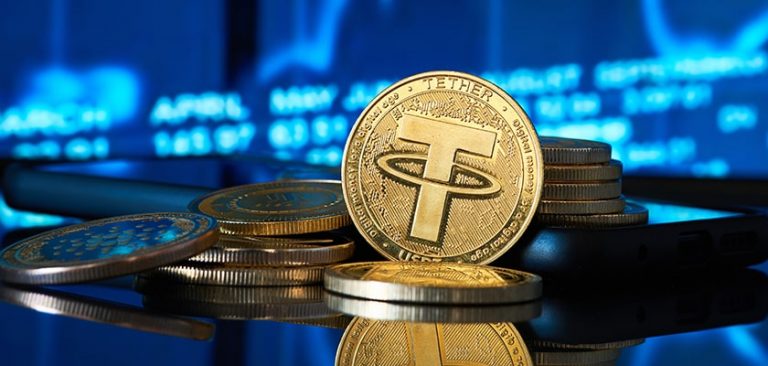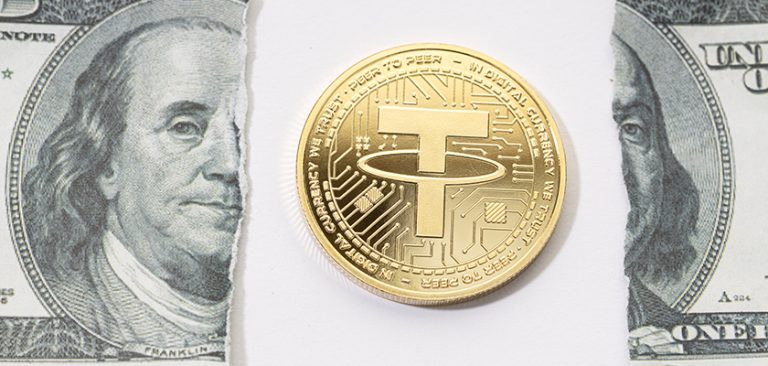Most expected new cryptocurrencies for 2026
2022 to 2024 were rough years for crypto, but the market did not die. It matured. By 2025, around 6.8% of the world population – more than 560 million people – already owned some form of crypto. In the United States alone, roughly one in five adults holds crypto, and this share has been growing year after year.
Sentiment is also shifting. Kraken research shows that:
- 55% of U.S. crypto holders watch crypto markets more often than traditional ones;
- 92% believe blockchain can help modernize the U.S. economy;
- 48% want better security and anti-fraud rules as a top policy priority.
At the same time, 88% of crypto holders say they plan to keep investing over the next 12 months. In other words, interest is not going away. It is simply becoming more selective and more focused on projects with real narrative and real use.
On the infrastructure side, 2026 is shaping up as a big year for token launches and airdrops. Calendars like ICO Analytics highlight several high profile token generation events (TGEs) scheduled for early 2026, including new L2s, NFT infrastructure and privacy-focused networks.
Top 6 upcoming cryptocurrencies in 2026
1. MEGA (MegaETH, MegaLabs)
Type: High performance Ethereum Layer 2 (rollup)
Planned event: TGE and trading in January 2026
MegaETH is an Ethereum L2 that aims to push performance far beyond current rollups. According to the project’s MiCA whitepaper, the network targets:
- Up to 100,000 transactions per second;
- Block times around 10 milliseconds;
- Significantly lower gas costs than Ethereum mainnet.
The native token, MEGA:
- Is issued initially as an ERC-20 token;
- Is planned to be used for gas fees on MegaETH;
- Is expected to participate in future staking and governance;
- Has a total planned supply of 10 billion tokens, with 5% used in the public sale.
The market is watching MEGA closely for a few reasons:
- The public sale was massively oversubscribed, raising about 473 million USD in a single day;
- The team, MegaLabs, has backing from high profile Ethereum ecosystem figures, including co-founders Vitalik Buterin and Joe Lubin;
- If they really deliver the promised throughput without breaking security assumptions, MegaETH could become one of the main “high performance” execution layers plugged into Ethereum.
That said, the huge fundraising and hype also create obvious downside risk if expectations are not met.

2. Tapzi (TAPZI)
Type: GameFi / skill-based Web3 gaming token on BNB Chain
Planned event: Ongoing presale in 2025, with many sponsored analyses speculating about price action into Q1 2026
Tapzi is a Web3 gaming project that lets players stake tokens on skill-based matches, for example chess or other strategy games. The idea is “skill to earn” rather than pure luck.
Key points from presale documentation and sponsored coverage:
- Native token: TAPZI, BEP-20 on BNB Chain;
- Total supply: 5 billion tokens;
- Presale allocation: 20% of supply;
- Presale price: about 0.0035 USD per token;
- Remaining supply split across liquidity, team, treasury, airdrops, marketing and ecosystem growth.
Planned token utility includes:
- Staking TAPZI to enter tournaments;
- Using TAPZI as in-game currency for upgrades and NFTs;
- Rewards for tournament winners and active players;
- Incentives for community and marketing campaigns.
Why people are watching it:
- It taps into two strong narratives – GameFi and BNB Chain ecosystem growth;
- Tokenomics are marketed as deflationary through future burns and vesting schedules, with large portions locked during the early months after launch.
However, almost all detailed information about Tapzi comes from sponsored press releases and presale pages, not from independent audits or long term product usage. That means the project is high risk and very speculative compared to the more infrastructure-heavy names on this list.
3. SEA (OpenSea token)
Type: Marketplace governance and utility token for OpenSea
Planned event: Q1 2026 TGE and community claim
OpenSea is still one of the best known NFT marketplaces. For years there were rumors about a native token. In October 2025, OpenSea finally confirmed the launch of SEA in Q1 2026.
According to OpenSea’s announcement and coverage from outlets like CoinDesk:
- 50% of the total SEA supply is allocated to the community, mainly through airdrops and claims for users and rewards participants;
- SEA is designed as both a utility and governance token;
- At launch, OpenSea plans to direct 50% of marketplace revenue to buying back SEA on the market;
- Users will be able to stake SEA behind collections and projects inside the marketplace.
Why expectations are high:
- OpenSea still has a large existing user base and brand recognition;
- Linking token value directly to platform revenue (via buybacks) is a big narrative shift after purely speculative NFT airdrops;
- The move signals that OpenSea wants to compete more directly with on-chain, token-driven competitors.
As always, execution matters more than promises. But SEA is one of the few upcoming tokens backed by a major existing platform with real revenue.
4. GRVT (Gravity)
Type: Hybrid perpetuals DEX focused on privacy, built on zkSync
Planned event: Q1 2026 airdrop and TGE
GRVT powers Gravity, a “hybrid” derivatives exchange that combines a centralized style trading experience with self-custody and zero-knowledge technology.
From project materials and recent coverage:
- Gravity is built on the zkSync tech stack;
- It focuses on perpetual futures trading with privacy features;
- The team has raised about 33.3 million USD in funding, including a 19 million USD Series A round led by names like zkSync and Further Ventures.
Token-wise:
- Total supply: 200 million GRVT;
- 20% of supply is planned for a community airdrop at TGE in Q1 2026;
- Airdrop points are accumulated via trading volume, liquidity provision and other on-platform activity.
Why the market cares:
- On-chain derivatives with privacy is a strong narrative, especially for professional traders;
- Tight integration with zkSync and LRT/LST DeFi tooling positions Gravity in the middle of several hot sectors at once.
The flip side is that derivatives plus leverage plus privacy is exactly the sort of thing regulators may scrutinize more closely in coming years.
5. MINION ($MINION, MinionLab)
Type: AI + DePIN network of autonomous “data gathering” agents
Planned event: TGE in Q2 2026 according to the official roadmap
MinionLab is building a decentralized network of AI agents called “Minions” that run on user devices. These agents simulate human browsing, collect real time web data and power different AI and automation use cases.
Key points:
- Minions run on a custom browser runtime and act like automated “workers” on your laptop, phone or server;
- Device owners earn MINION tokens for letting their hardware participate in the network;
- The project positions itself as DePIN for AI data – a decentralized alternative to centralized data scraping and labeling pipelines.
Roadmap highlights:
- 2025: rebrand to MinionLab, testnet launch, mainnet pre-TGE, ecosystem integrations;
- 2026 Q1: finalize tokenomics, security audits and marketing ramp up;
- 2026 Q2: TGE and token launch, with airdrops to early adopters and liquidity bootstrap on CEX and DEX;
- 2026 Q3: exchange listings and utility expansion; staking and lending integrations;
- 2026 Q4: foundation launch and ecosystem grants.
Why expectations are high:
- AI + DePIN is one of the strongest narratives going into 2026;
- Projects that can supply real data for AI models in a decentralized and privacy aware way are in demand from both crypto and traditional AI firms.
As usual, the main questions are execution quality and regulatory perception around large scale data harvesting.
6. Arcium (ex Elusiv)
Type: Confidential computing and privacy infrastructure on Solana
Planned event: TGE targeted for Q1 2026 in Arcium’s roadmap and ICO calendars
Arcium started as the Solana privacy protocol Elusiv and evolved into a broader confidential computing network. It is often described as an “encrypted supercomputer” that lets applications compute on encrypted data without revealing it.
Core technical ideas:
- Multi-party computation (MPC), fully homomorphic encryption (FHE) and trusted execution environments (TEEs) are used to process encrypted data across multiple nodes;
- Developers can build applications where data stays encrypted at all times, but still supports complex logic and shared private state;
- The focus sectors are DeFi, DePIN, AI and any industry that needs strong data privacy (healthcare, finance etc.).
Token details:
- The network token is ARX, an SPL token on Solana;
- Planned total supply is 1 billion ARX, used for staking, governance, and fees within the network;
- Arcium’s own roadmap states that the fully decentralized mainnet and TGE are scheduled for Q1 2026.
Why the market watches Arcium:
- Privacy infrastructure is a clear missing piece in most L1 ecosystems;
- Solana has strong momentum in DeFi and consumer apps; a credible privacy layer could unlock new categories of on-chain products;
- The project has raised multi-million funding and is already integrated into discussions about “Privacy 2.0” in the Solana ecosystem.
Why invest in new crypto projects in 2026
Again, this is not advice to buy any specific token. The point is to understand why investors care about new launches at all when Bitcoin, Ethereum and a few majors already exist.
Typical reasons:
- New narratives. AI, DePIN, privacy and L2 scalability are themes that old tokens cannot always capture. New projects can align directly with fresh demand;
- Better design and UX. Many 2020-2021 protocols were clunky. Newer projects often ship with better wallet flows, security and integrations from day one;
- Aligned incentives. Tokens like SEA or ARX are designed from the start around concrete revenue or usage links, not just “number go up”;
- Early stage upside. Early participation in successful projects can be very profitable. This is obvious but it is also where the risk is highest.
The healthy mindset is simple: you look at new tokens primarily as high risk, long tail venture style bets, not as guaranteed “next ETH”.
How to assess a new cryptocurrency in 2026
Below is a simple framework you can reuse for any upcoming token, not just the six above.
Key innovations
Ask:
- What is actually new here?
Higher TPS, new privacy model, new AI integration, better UX, or just marketing? - Can this realistically be 10x better than current alternatives, or is it just a clone on a different chain?
Examples:
- MegaETH focuses on extremely low latency blocks and high throughput on top of Ethereum;
- Arcium targets confidential computing and shared private state, something that is not native to most chains.
If the “innovation” is only a meme or a slightly tweaked fee schedule, be cautious.
Technical overview
You do not need to be a protocol engineer, but you should have answers to:
- What chain is it on and why?
- How does it secure itself – L1, L2, shared security, something else?
- Are there audits from reputable firms?
- Is there a live testnet or mainnet with real users?
For example:
- MEGA: Ethereum rollup, ERC-20 token at sale, later bridged to its own L2 environment, with a clearly documented token sale structure;
- Tapzi: BEP-20 token on BNB Chain, primarily documented through sponsored articles and presale pages. That difference in transparency already tells you something about risk.
Roadmap
Check:
- Are milestone dates clear and realistic?
- Are they actually delivering on previous milestones?
- Does the roadmap focus on real product and adoption, or mostly on marketing and listing?
Good example:
- MinionLab publishes a detailed roadmap from 2025 testnet to 2026 TGE, CEX listings and foundation setup.
Red flags include constant postponements without explanation, or a roadmap that is 90% about token price and exchange listings.
Tokenomics and deflationary design
Tokenomics can break an otherwise solid product. At minimum, understand:
- Total supply and initial circulating supply;
- Vesting schedules for team, investors and advisors;
- Allocation to community, liquidity and ecosystem;
- Any burn or buyback mechanisms and whether they are realistic.
Examples:
- MEGA: 10 billion total supply, 5% in public sale, with clear sale rules in the MiCA whitepaper;
- GRVT: 200 million total supply, 20% for community airdrop tied to actual usage metrics;
- Tapzi: 5 billion total supply with 20% in presale, 20% liquidity, 10% team, and other buckets, marketed as deflationary via burns.
Beware of:
- Extreme team or VC allocations with short lockups;
- Vague “community” buckets with no clear distribution rules;
- Unrealistic claims like “guaranteed 100x” tied to tokenomics alone.
Investment potential
Here you combine everything:
- Market size and narrative strength;
- Competitive landscape;
- Team background and funding;
- Realistic adoption path.
Examples:
- Arcium sits at the intersection of privacy, AI and DeFi on Solana – three strong narratives, plus a growing ecosystem that clearly needs privacy;
- SEA is attached to an existing marketplace with real fees and users. That does not guarantee success, but gives it a head start compared to a brand new DEX with no users.
The key is to see tokens as a way to get exposure to specific themes and teams, not as lottery tickets.
Risks of investing in new crypto in 2026
New tokens always come with serious risk. In 2026 that risk is amplified by:
- Regulatory uncertainty
– Some tokens could later be treated as securities in certain jurisdictions.
– Privacy, derivatives and high yield DeFi projects are likely targets for stricter rules. - Smart contract and infrastructure risk
– Bugs in L2s, privacy layers or DePIN networks can be catastrophic.
– Early mainnets and testnets may not be battle tested. - Liquidity and listing risk
– Many presale tokens never reach top tier exchanges.
– Low liquidity makes it easy for whales to move price sharply. - Hype and narrative cycles
– AI, GameFi and meme narratives can push valuations far beyond fundamentals.
– The same narratives can unwind fast when attention moves on. - Counterparty and governance risk
– Centralized teams might still control admin keys, upgrade rights or treasuries.
– Poor governance can lead to value extraction at the expense of token holders.
Because of this, a few simple rules help:
- Treat new tokens as high risk. Size positions accordingly;
- Never invest money you cannot afford to lose completely;
- Diversify across narratives and projects instead of betting everything on one launch;
- Use basic opsec – hardware wallets, 2FA, seed phrase safety, URL checking;
- Keep track of regulation in your country, especially around taxes and KYC.
FAQs













